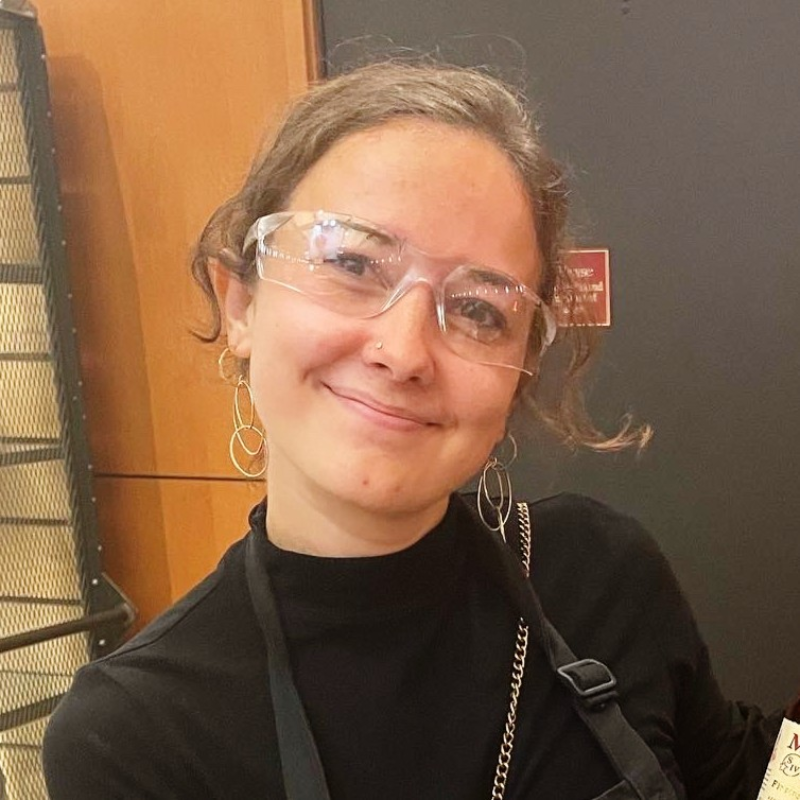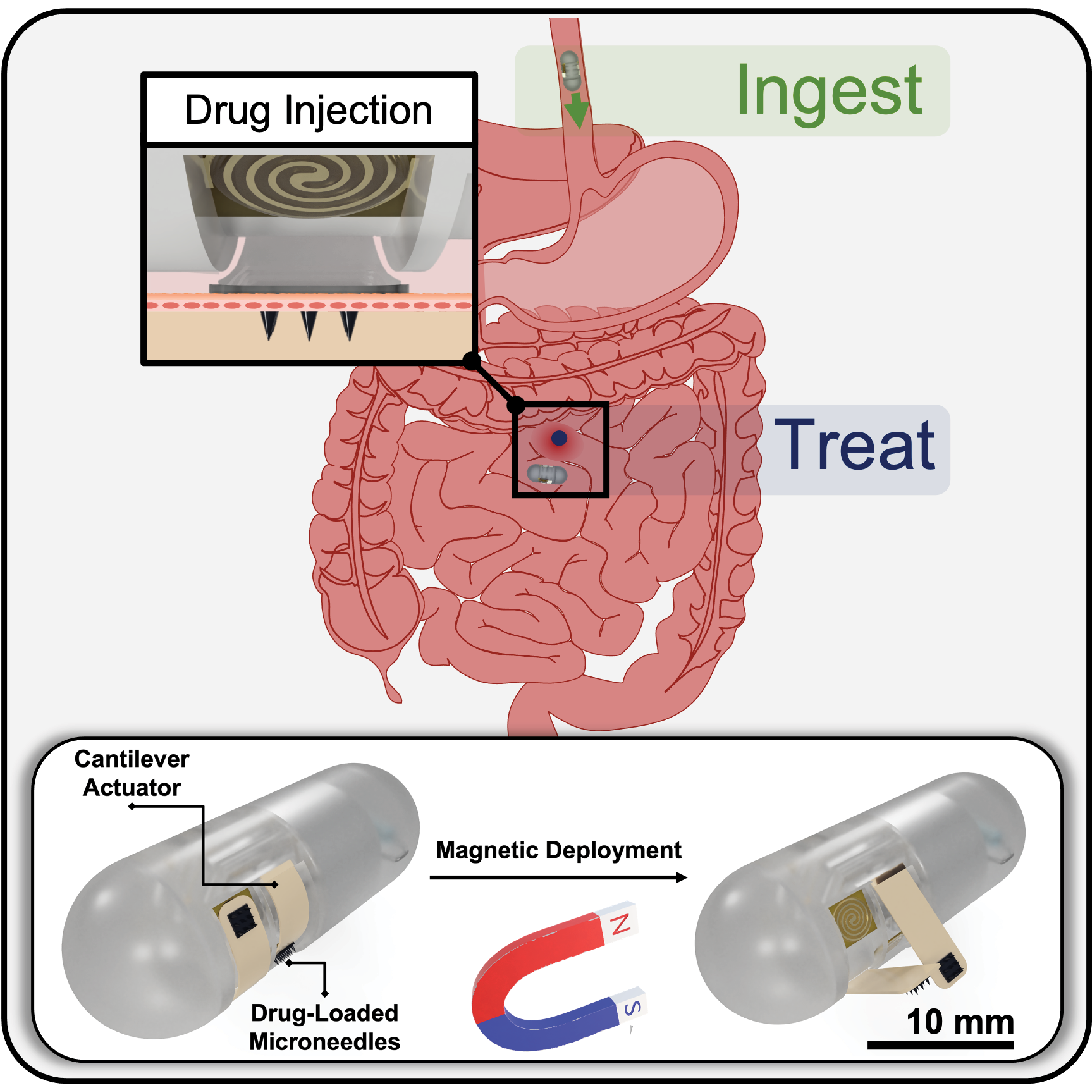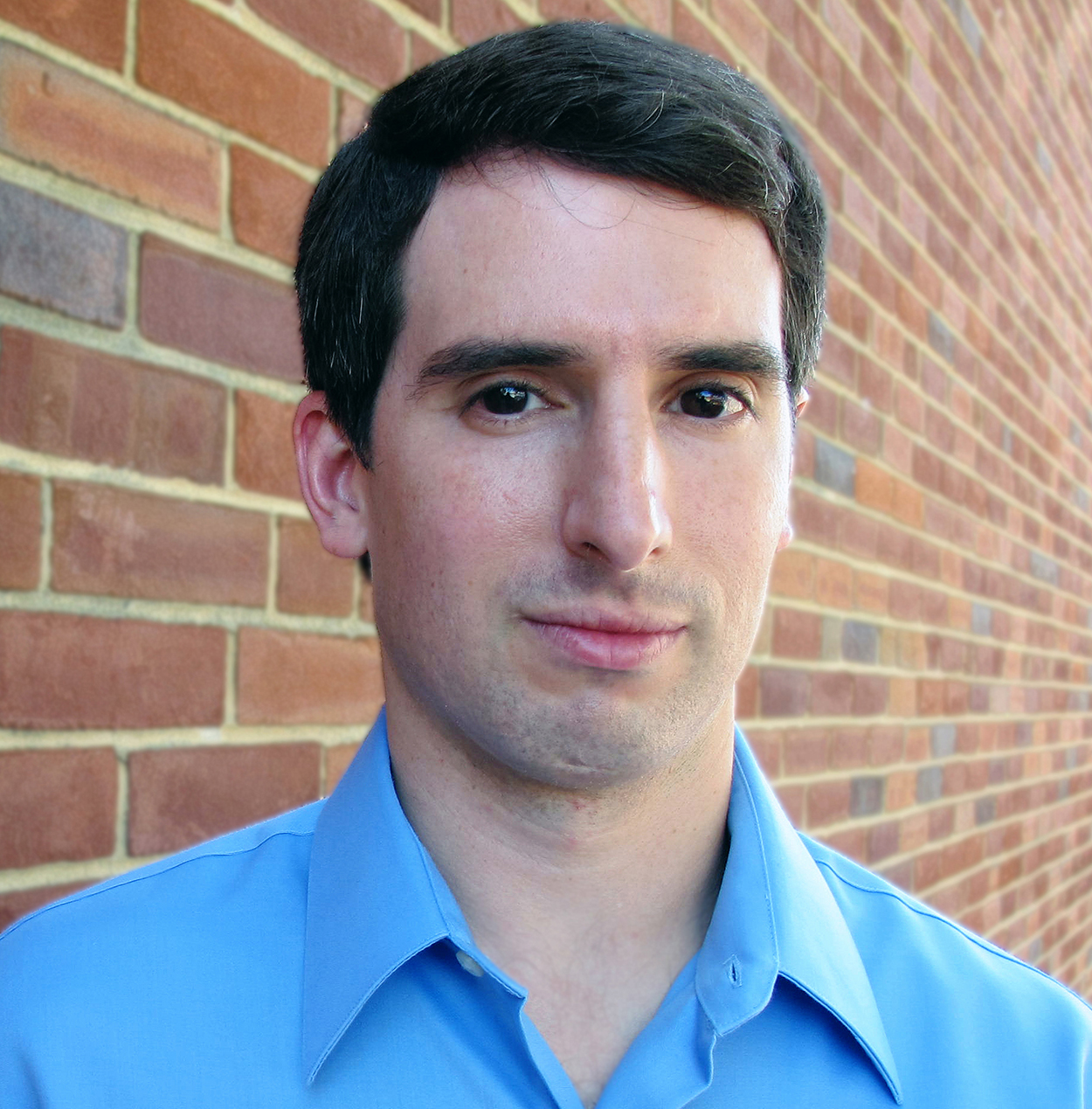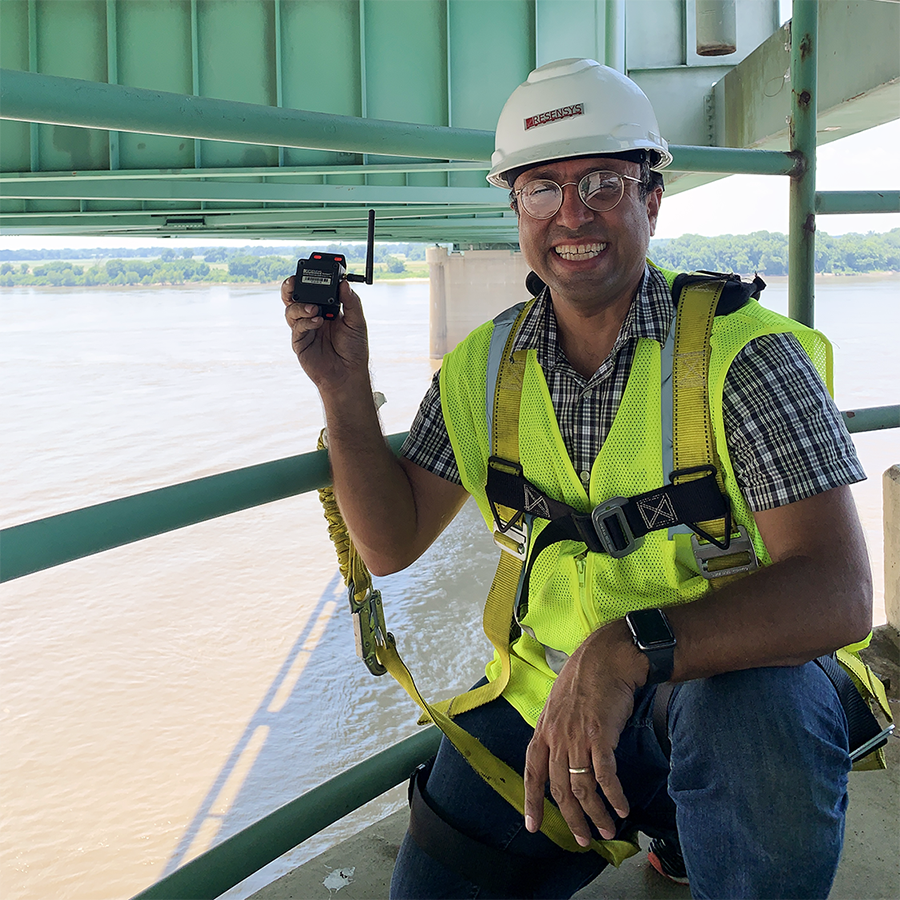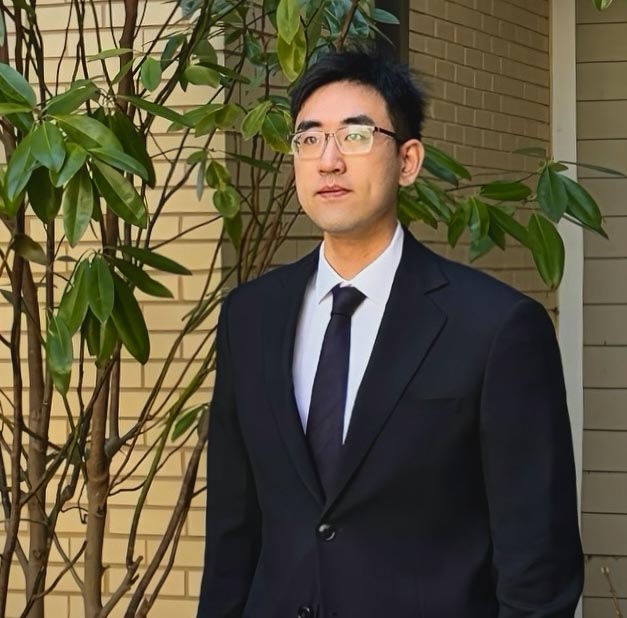News Story
Liu Group Receives $1.8 Million NIH Grant for Cancer Treatment Research

Prof. K. J. Ray Liu
The team's research addresses a common problem in radiation treatment: as the patient breathes, tumors may move, making the delivery of the radiation to the right place more difficult, and irradiating healthy tissue in the process.
The researchers are developing a novel tumor motion compensation system using a treatment couch that will ensure accurate delivery of radiation treatment without increasing discomfort or treatment time and without decreasing the biological effectiveness. The group's approach will reduce toxicity for normal tissue in patients through the use of smaller tumor margins and accurate tumor motion compensation. The goal of the research is to develop a real-time motion-synchronized treatment couch system using feedback control. The specific aims of this proposal are to 1) use cine MR to dynamically image the tumor and an infrared camera to image skin markers simultaneously during normal respiration; 2) develop an inferential model that will correlate the position of the skin markers with the tumor position using partial-least squares (PLS) regression; 3) design and test a treatment couch and control system that will compensate for respiration induced motion using feedback control; 4) use autoregressive modeling to predict the tumor position ahead of time in order to improve the performance of the feedback control system by overcoming the dead time in the system and adaptive filtering to identify anomolous tumor positions.
The group's treatment technique offers a desirable alternative to current methods in several respects. Respiration induced tumor motion leads to inaccuracies in the planning and delivery of radiation therapy treatments. Conventional solutions add a 'safety margin" around the tumor which can often result in unnecessary irradiation of normal tissue thereby increasing normal tissue toxicity. Current commercially available methods with linear accelerators include breath-holds and gating during radiation delivery. The former is not tolerated well by patients while the latter increases treatment delivery time, thereby increasing the risk of spurious patient motion and even reducing the biological effectiveness of the delivered radiation. The group's methods address these challenges, offering a more viable option for treating patients.
The results of the group's research have the potential to significantly impact radiation therapy of lung and upper abdominal cancers. The proposed research effort will lead to the development of a novel motion management framework using a real-time motion-synchronized treatment couch. Its eventual implementation in clinical practice will lead to reduced normal tissue toxicity through the use of smaller tumor margins and accurate tumor motion compensation. This will enable more widespread use of highly conformal treatments such as intensity- modulated radiation therapy (IMRT) and stereotactic body radiation therapy (SBRT) in a reliable manner.
Published October 31, 2007



